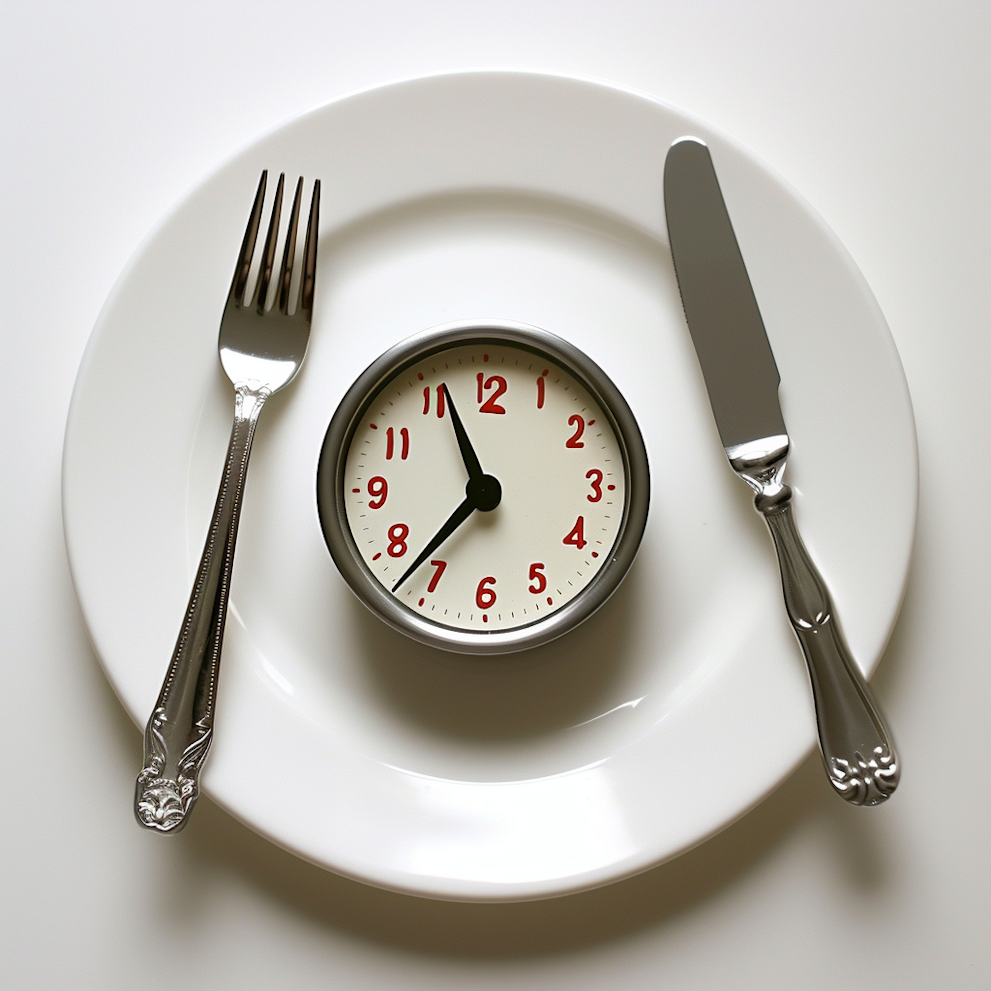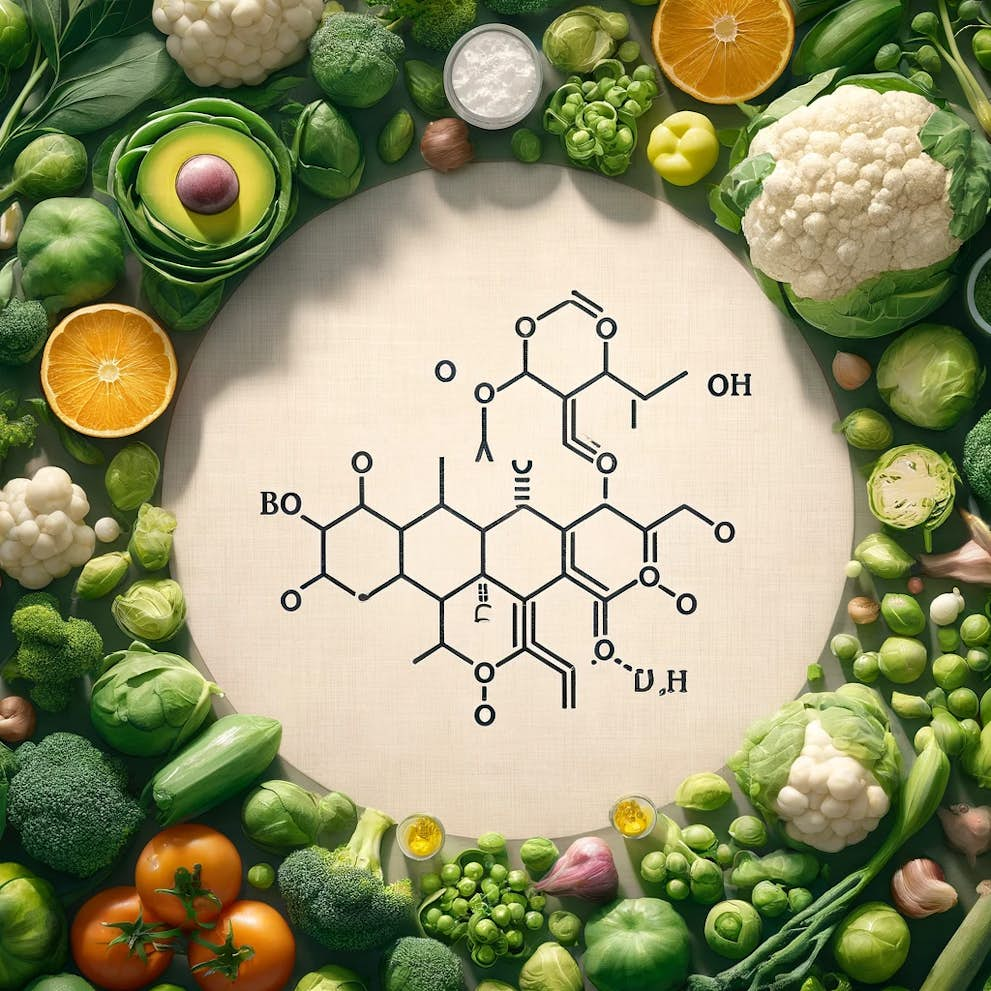
Every year 800,000 Americans suffer a stroke and 140,000 die.1To put that number into perspective, someone dies of a stroke in the U.S. every four minutes.
While people of both sexes can suffer from a fatal stroke, the research shows that it’s women who are more likely to die from one.
The Centers for Disease Control and Prevention (CDC) estimate that one in five American women will have a stroke, and nearly six out of every ten of the stroke victims will die from the attack. In fact, stroke is the third leading cause of death for American women (behind heart disease and cancer).
But now there’s good news.
According to research published in the journal Stroke, key lifestyle changes can make a significant difference in a woman’s stroke risk, even if she’s already reached middle age.2
“A stroke happens when there is a blood clot in the brain,” said Clemens Schirmer, M.D., a neurosurgeon at Geisinger Medical Center in Danville, Pennsylvania. “The clot stops blood from getting to the rest of the brain, which can cause paralysis; aphasia, which is an impaired ability to speak; fatigue and death.”
Now just to be clear, there is another kind of stroke, called a hemorrhagic stroke, in which a blood vessel bursts causing internal bleeding. But the majority of strokes – ischemic strokes – involve clots, and that’s what we’re talking about here.
Fewer Warning Signs of Heart Trouble in Women
“As women age,” notes study author Dr. Kathryn Rexrode from the Brigham and Women’s Hospital Department of Medicine in Boston, MA, “they are much more likely to have a stroke as a first manifestation of cardiovascular disease rather than heart attack.”
The average age of first stroke in women is 75 years. So, researchers undertaking this study reasoned that making mid-life lifestyle tweaks should help reduce the risk of stroke among women.
The researchers analyzed data from the ongoing Nurses’ Health Study. This huge database includes health information on nearly 600,000 women who have been participating for an average of 26 years. Importantly, most enroll in their early 50s.
The results were impressive.
"We found that changing to a healthy lifestyle, even in your 50s, still has the potential to prevent strokes," said GoodarzDanaei, an epidemiologist at Harvard School of Public Health and another study author.
"Women who made lifestyle modifications in middle age reduced their long-term risk of total stroke by nearly a quarter and ischemic stroke, the most common type of stroke, by more than one-third," said Dr. Danaei.
What’s The Most Important Lifestyle Change?
In the study, the researchers examined the effect on stroke risk of key lifestyle changes, such as quitting smoking; exercising 30 minutes or more daily; weight loss, and eating a Mediterranean-style diet.
Here’s how the benefits of these changes stack up.
Researchers found that women who made significant changes to their diet alone were 23 percent less likely to suffer a stroke.
Those women who made other lifestyle changes – giving up smoking, exercising more and maintaining a healthy weight – were 25 percent less likely to suffer a stroke.
So, dietary tweaks, such as increased fish and nut consumption and lowered red meat consumption yielded positive results, but they were somewhat less significant than exercise, smoking cessation and weight management.
Admittedly, this is an observational study that included mostly white, middle-aged women, but Dr. Danaie says other research suggests similar results in men and people of color.
“There is still so much that can be achieved for your health, even after six decades,” he said.
Why Do Women Suffer More – and More Fatal – Strokes?
According to The American Heart Association, there are many reasons why women are more likely to have a stroke.3
Women generally live longer than men, and because risk of stroke increases with age, women typically have a higher stroke risk. With 75 being the average age for a woman’s first stroke, this is mostly a hazard for people who are quite elderly, so the question is, “How long do you want to live, and what are you willing to do about it in your 50s?”
Women are also more likely to have high blood pressure – by far the biggest risk factor for stroke. Plus, early menopause as well as pregnancy or a history of oral contraceptive use, increase a woman’s risk. Other risk factors include obesity, diabetes, and in people of color, sickle cell disease.
Women who fit into some or all of these categories should be aware of their increased stroke risk.
“These women should be monitored carefully,” warns Dr. Rexrode. “They should be aware that they are at higher risk, and motivated to adhere to the healthiest lifestyle behaviors to decrease the risk of hypertension and subsequent stroke.”
Another difference between men and women when it comes to suffering from a stroke is their symptoms.
Symptoms aren’t the Same
The most common symptoms experienced by both women and men include inability to speak or understand speech, a strained expression and confusion. Other symptoms include sudden vision and balance problems, sudden headache and sudden numbness of face or limbs, most likely on one side of the body.
However, many stroke symptoms are unique to women, including nausea, seizures, hiccups, trouble breathing, fainting, general weakness and sudden behavioral change.
If you or a loved one suffers from a stroke, quick treatment can mean the difference between death and disability or recovery. Time is of the essence since clot-busting drug treatment must begin within three to four hours of the stroke for a successful outcome.
Quick treatment is especially important for women, in view of research from the George Institute for Global Health revealing that women experience poorer recovery than men.
This is a big issue. The cynic (or realist) in me feels obliged to point out that surviving a stroke can almost be worse than dying quickly from one. I’ve known a number of people who were severely disabled – in some cases, bedridden and unable to move – for many years following a stroke. It’s a nasty way to go, and makes it more than worthwhile to change your lifestyle habits to reduce your risk.
Reducing Your Stroke Risk Improves Your Overall Health, Too
I’ve long preached the benefits of healthy lifestyle changes, even when you’re a little late to the game. This study proves that women – even starting in middle age – can prevent almost a quarter of strokes with some key interventions.
But the benefits are not limited to stroke reduction.
Incorporating a well-balanced diet and exercise into your lifestyle, as well as maintaining a healthy weight and not smoking, will automatically reduce your risk for serious, life-threatening diseases of all kinds, whether you’re a woman or a man.
And if you need still more motivation, please know this: high blood pressure appears to be the single biggest risk for dying of a COVID-19 infection. A huge number of the fatalities – as many as 60 percent – had high blood pressure as a preexisting condition.
A COVID infection is not some vague risk that’s ten or 20 years in the future. It’s right here and now, is likely to resurge this fall and winter, and is likely to be with us for another year or two (don’t be too trusting of all the talk about a vaccine).
So get your blood pressure under control and thereby lower your stroke risk AND your pandemic risk at the same time.
For more information about stroke, go to www.heart.org. Also keep an eye out for our upcoming article on natural ways to reduce high blood pressure.
- https://www.cdc.gov/stroke/facts.htm
- Hypothetical Lifestyle Strategies in Middle-Aged Women and the Long-Term Risk of Stroke.Stroke, 2020;
- https://www.heart.org/en/news/2019/05/31/is-it-fatigue-or-a-stroke-women-shouldnt- ignore-these-warning-signs



